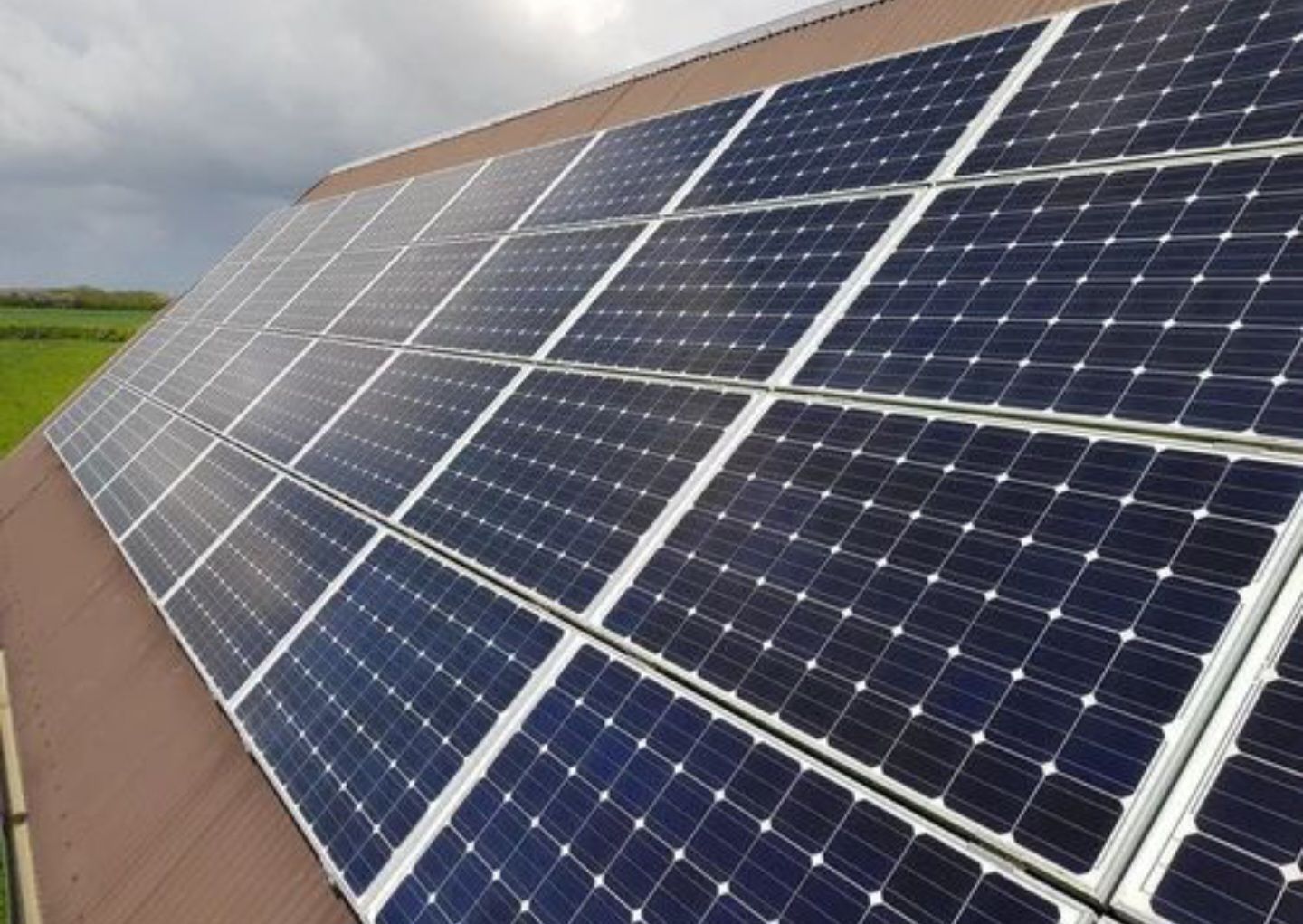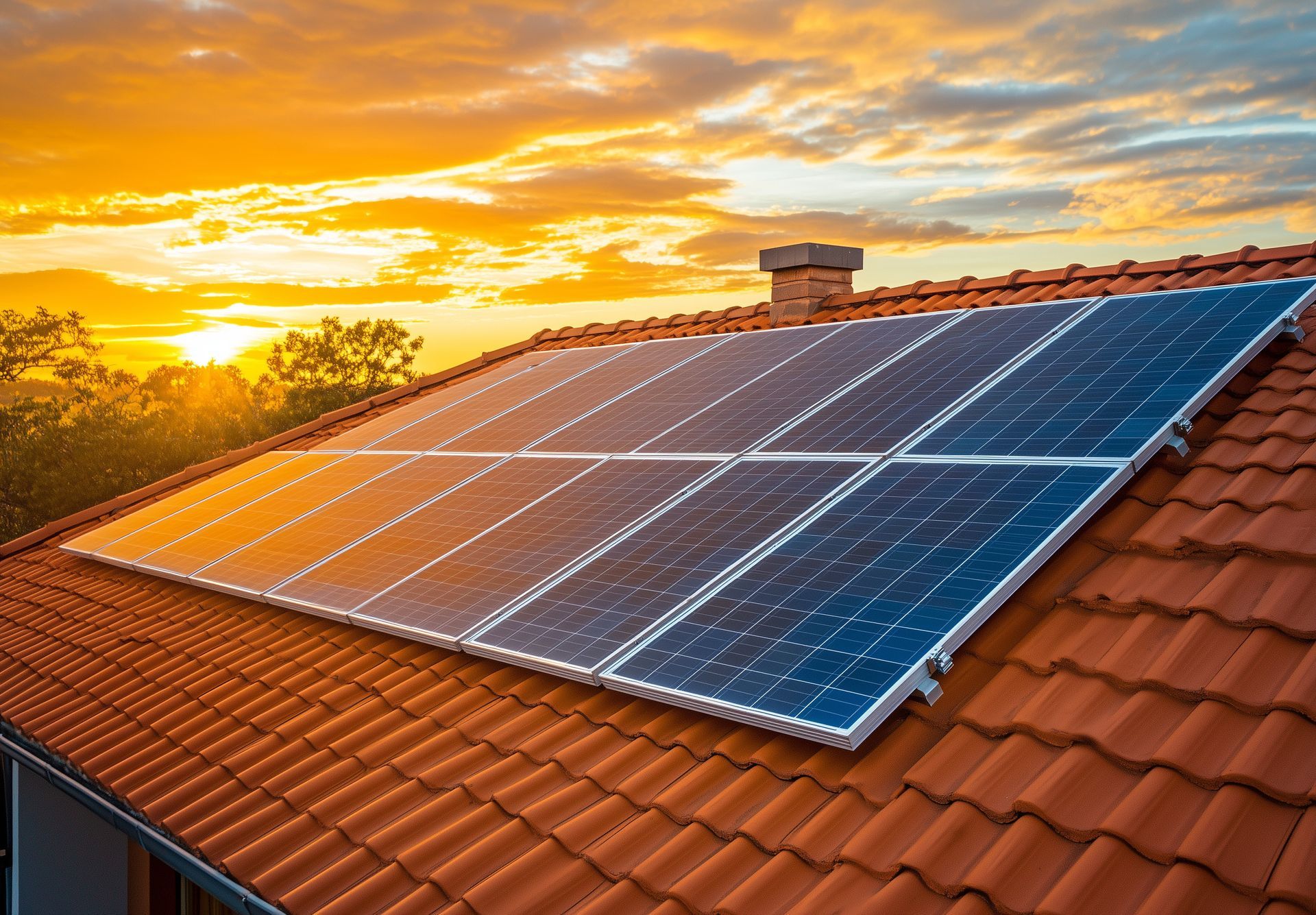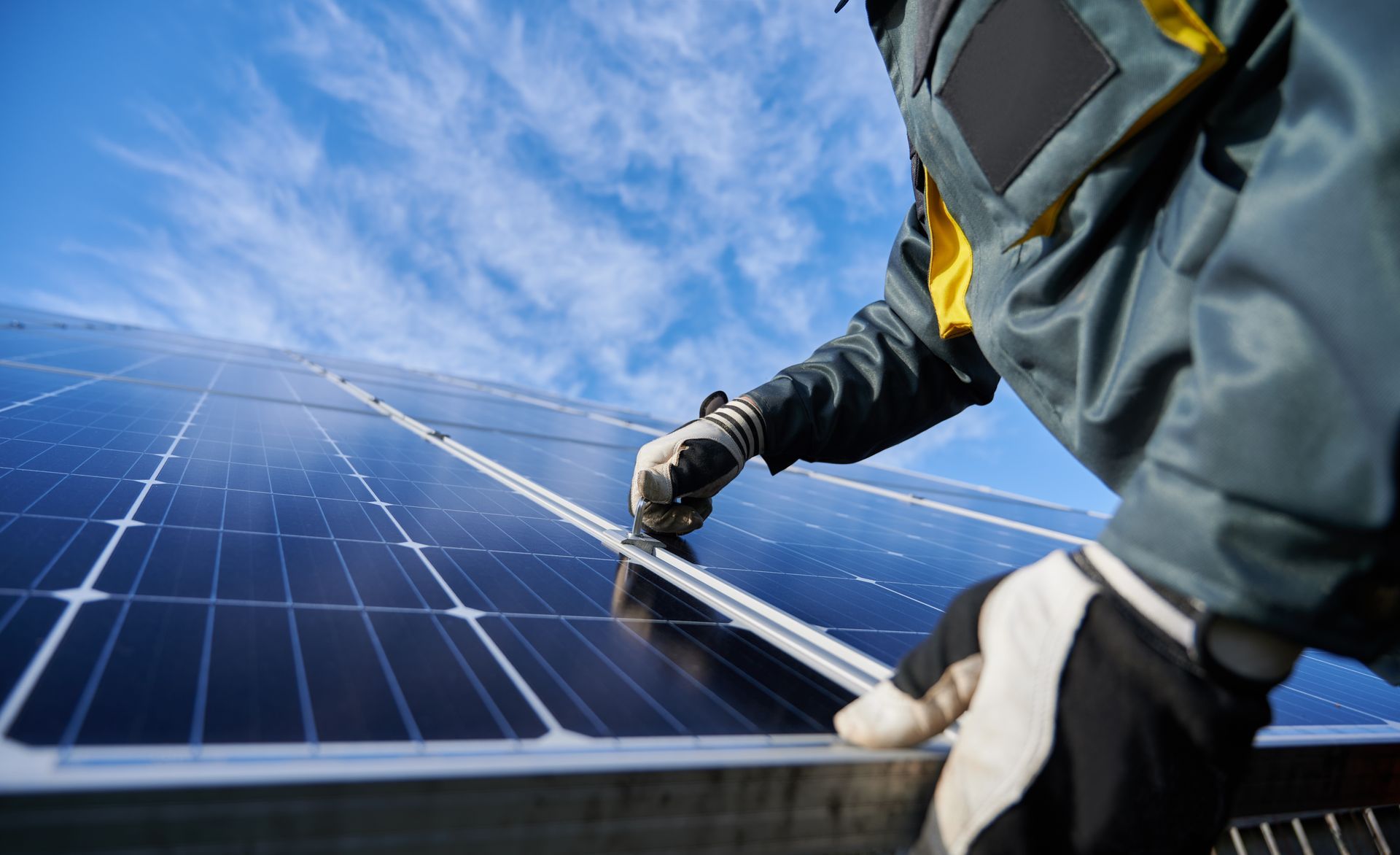The Truth About Solar Panel Efficiency in Montana Winters
Contact Us
We will get back to you as soon as possible.
Please try again later.
Can solar maintain through Montana winters?

Montana homeowners are increasingly turning to solar power as a way to lower energy costs and reduce their reliance on utility companies. However, many residents still wonder if MT solar systems are efficient during the long, snowy winters. The perception that solar panels only work in warm, sunny climates has led to hesitation among some homeowners considering solar installation.
The good news is that Montana solar power works exceptionally well, even in cold weather and snowy conditions. In fact, many homeowners in the state experience year-round solar energy production, even when temperatures drop below freezing. By understanding how solar panels perform in the winter months and how to maximize their efficiency, Montana homeowners can confidently transition to renewable energy without worrying about seasonal limitations.
Do Solar Panels Work in Cold Weather?
One of the biggest misconceptions about solar power is that it requires warm temperatures to function efficiently. In reality, solar panels often perform better in colder temperatures than in extreme heat.
Solar panels generate electricity through the photovoltaic (PV) effect, which converts sunlight into usable power. This process is not dependent on temperature but rather on the amount of sunlight the panels receive. In colder temperatures, solar panels operate more efficiently because excessive heat can actually reduce their energy production.
Montana’s crisp, sunny winter days provide ideal conditions for solar panels. The state receives plenty of sunlight throughout the year, and MT solar systems can take advantage of these conditions to generate reliable electricity, even during the winter.
How Do Solar Panels Handle Snow?
Snow accumulation on solar panels is one of the biggest concerns for homeowners in Montana. While a thick layer of snow can temporarily block sunlight, solar panels are designed to minimize the impact of snow buildup.
Most solar panel systems are installed at an angle, allowing snow to slide off naturally as the panels absorb sunlight and generate heat. Additionally, the dark surface of solar panels helps melt snow more quickly than other surfaces. Even when covered with a thin layer of snow, modern Montana solar power systems can still generate electricity by capturing diffused sunlight.
For homeowners who experience heavy snowfall, periodic clearing of panels can help maintain optimal energy production. Using a solar panel snow rake with a soft brush allows homeowners to safely remove excess snow without damaging the panels. However, in many cases, panels clear themselves within hours or days due to natural melting and sliding.
What Happens on Cloudy or Shorter Winter Days?
Winter brings shorter daylight hours, but that doesn’t mean solar panels stop working. Solar panels can still generate electricity on cloudy days, as they absorb diffused sunlight rather than relying solely on direct sun exposure. Montana receives an average of 300 sunny days per year, which means there are plenty of opportunities for solar panels to generate energy even in the winter months.
While solar panels may produce less energy in the winter compared to the summer, most MT solar systems are designed with year-round production in mind. Many homeowners take advantage of net metering, which allows them to send excess summer energy back to the grid in exchange for credits that can be used during lower-production months. This helps balance energy needs and ensures a steady power supply throughout the year.
Net Metering: Offsetting Winter Energy Costs
Montana homeowners who install solar power can benefit from net metering, a program that allows them to store excess energy credits during sunny months and use them when solar production is lower in winter.
Here’s how net metering works:
- During the long summer days, solar panels generate more electricity than the home needs.
- The excess energy is sent back to the utility grid, and homeowners receive energy credits in return.
- During winter months, when solar production is lower, homeowners can use these credits to offset electricity usage from the grid.
This system helps ensure that Montana homeowners can rely on solar energy year-round, even when there is less direct sunlight.
The Role of Battery Storage for Winter Solar Efficiency
For homeowners who want energy independence, adding a solar battery storage system can provide backup power during the winter months. Battery storage systems, such as the Tesla Powerwall 3, allow homeowners to store excess energy produced during the day and use it at night or during power outages.
Having a solar battery is especially useful for rural Montana homeowners who may experience winter storms or grid failures. Instead of depending on the utility company, homeowners with battery storage can access their own stored solar power whenever needed.
Solar batteries also improve the overall efficiency of a solar system by ensuring that energy generated during peak sunlight hours is not wasted. With advancements in battery technology, more Montana homeowners are adding storage solutions to maximize their solar investment.
How to Maximize Solar Efficiency in Montana Winters
Montana homeowners can take a few simple steps to maximize their solar power system’s efficiency during the winter months.
First, installing high-quality solar panels with a strong efficiency rating ensures that the system performs well even in low-light conditions. Not all solar panels are created equal, and selecting MT solar panels designed for colder climates will make a significant difference.
Second, tilting panels at an optimal angle helps snow slide off quickly while maximizing sun exposure. Many Montana solar power installers recommend adjusting the tilt angle to capture the maximum amount of winter sunlight.
Third, routine solar panel maintenance can improve performance. While solar panels are low-maintenance, clearing off heavy snow after major storms and checking for any debris can help keep them operating efficiently.
Lastly, homeowners should consider pairing solar with battery storage or net metering to ensure consistent energy availability throughout the year.
Financial Benefits of Winter Solar Production
Many homeowners assume that solar energy is only valuable during the summer, but winter solar production can still lead to significant financial savings. Even when solar panels produce less electricity, they continue to reduce reliance on the grid, lowering monthly utility bills.
With net metering, homeowners can use summer energy credits to offset winter electricity costs, resulting in lower overall expenses. Additionally, Montana homeowners can take advantage of the federal solar tax credit, which provides a 30% tax credit on the cost of a solar installation.
Investing in Montana solar power not only benefits the environment but also provides long-term financial returns. Many homeowners find that their system pays for itself within a few years, thanks to energy savings and available incentives.
Is Solar Power a Good Investment for Montana Homeowners?
Despite cold temperatures and snowfall, solar power is an excellent investment for Montana homeowners. The state receives ample sunshine throughout the year, and MT solar systems are designed to perform efficiently in winter conditions. With advancements in solar technology, net metering benefits, and the availability of battery storage, homeowners can confidently rely on solar energy even during the coldest months.
Beyond energy savings, Montana solar power reduces carbon emissions, supports a cleaner environment, and increases property value. With financial incentives available, including tax credits and rebates, switching to solar is more affordable than ever.
Conclusion
Solar panels work efficiently in Montana, even during the winter. Cold temperatures actually improve solar panel efficiency, while snow and cloud coverage have minimal impact on overall production. Homeowners who take advantage of net metering and battery storage can enjoy reliable, year-round energy savings.
For those looking to make the switch to MT solar, now is an excellent time to invest in a system that will lower energy costs, reduce reliance on the grid, and provide sustainable power for years to come. If you’re considering Montana solar power, contact Ellingson Solar today to learn more about installation options, energy savings, and financial incentives available to homeowners.
Contact Ellingson Solar today! Upgrade your home with solar and start saving today! Inquire for free quotes & financing options.
Contact Us
We will get back to you as soon as possible.
Please try again later.

